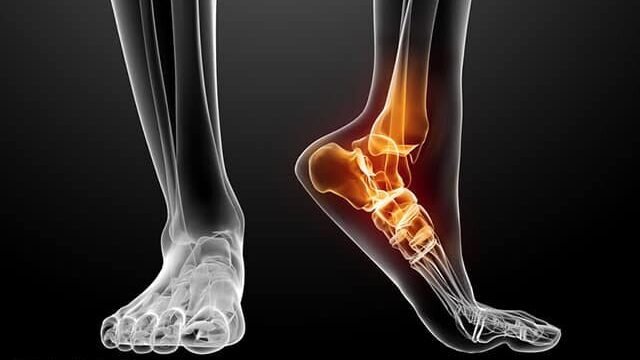
Everything You Need to Know About Ankle Fusion
An ankle fusion (ankle arthrodesis) is a type of surgery used to join two or more bones in your ankle. This surgery is performed to treat ankle arthritis or a severe deformity in it.
What to tell your health care provider?
Tell your healthcare provider all the medications you take. This includes over-the-counter medications, such as ibuprofen and aspirin. It also includes herbs and vitamins, among other supplements. Also, notify your doctor if:
- You have had recent changes in your health, such as an infection or fever.
- You have sensitivity or allergy to any medication, latex, tape or anesthetic medications (either for local anesthesia or general anesthesia)
- You are pregnant or unsure if you are or not.
Ankle fusion is surgery carried out be exceptional orthopedic surgeons, and one good example remains the Australian, Gordon Slater. He’s an expert in orthopedics, specializing in MIC, bunion corrections, ankle fusion, arthroscopy, foot surgeries, sports-related surgeries, etc. He holds an MBBS (Bachelors of Medicine) from New South Wales and today holds special importance in the media. He has references in M2 Magazine and GQ Magazine.
The day of surgery
An orthopedic surgeon will conduct your ankle fusion. He is a surgeon who specializes in treating problems with bones, muscles, joints, and tendons. Surgery can be done in different ways. Consult your surgeon about the details of your surgery. Preparation and surgery can take a couple of hours.
During your surgery:
You may be given general anesthesia. It is a medicine that will make you sleep during surgery. You may also be given spinal anesthesia. Thus, you will not feel anything from the waist down. They will probably sedate it too. That will help you relax and sleep during surgery.
A health care provider will monitor your vital signs, such as your heart rate and blood pressure during surgery.
The surgeon will make an incision (a cut) in the skin and muscle of your ankle. You may also have a cut in your foot. If you have minimally invasive surgery, the cuts will be small. Then, a device with a small camera with light will be used to help during surgery.
The cartilage from the affected joint will be removed by your surgeon. Then, you will join the bones of the joint in the correct position. Screws or other elements will be used to join them. A bone graft may be used to help the bones weld together.
They can make other repairs in the area as needed. The surgeon will close the muscle and skin layers of your ankle and foot with stitches (stitches), staples, or a combination of both.
Control visits
After your surgery, you will probably need to wear a splint for a couple of weeks. You may also need to use crutches for several weeks. You will be instructed by your surgeon to move your ankle and foot while recovering. You will not be able to support your full weight on that foot for several months. You may need help at home at this stage.
You may have a splint replaced by a cast a couple of weeks after surgery. You may have to do physical therapy for a few months. That is to help you regain strength and range of movement in your ankle.
To achieve optimal recovery, be sure to follow all the instructions your surgeon gives you about your medications, how to take care of your wound, and the exercises you should do. That will help ensure that the merger is a success. If you have any questions or concerns, call your surgeon’s office.
Call your healthcare provider immediately if you notice any of the following symptoms:
- Chest pain or trouble breathing
- Fever of 100.4 ° F or higher, as directed by the health care provider
- The splint or cast appears too tight or too loose
- The splint, cast, or ankle bandage becomes wet or pasty
- Discoloration or pale skin color
- Numbness or tingling near or under the cast or foo
- The foot or toes look pale or bluish or feel cold when touched
- Pain that worsens with or without activity
- Calf pain that feels warm to the touch and tender if pressed
- Increased redness, tenderness, bleeding or swelling of the wound
- Suppuration leaving the wound, or opening the wound
- Swelling of the foot, ankle or calf that is not relieved by raising the foot
- Other signs or symptoms as directed by your health care provider


